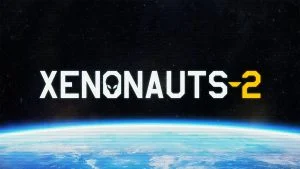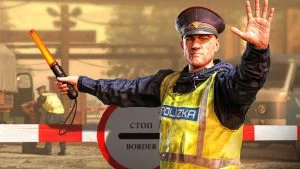Google Stadia shuts down today, marking the end of the cloud-gaming platform.
Originally codenamed Project Stream, Google Stadia was not long for this world after the official public launch in November 2019. If you’re not in the loop, as we’ve reported — Google Stadia is officially shutting down its services today, January 18, 2023.
Accessible through PC, mobile devices, and Android TV, among other devices, the Stadia, in theory, seemed to be a great idea. Provide a reliable platform for gamers who couldn’t afford a great PC or next-gen console, allowing them to play games on Google’s hardware through the cloud instead of needing their own device.
Examples like Nvidia’s GeForce NOW, after all, have served as a good example of the potential of such software, and backed by one of the largest multinational corporations in the world; what could go wrong — right?
Fast-forward three years, and we’re here, with gamers receiving refunds, and in-game progress wiped for many users. So what went wrong, and how can other companies learn from where Google faltered?
A Cautionary Tale
According to an official announcement by Phil Harrison, Vice President and General Manager of Google Stadia,
“A few years ago, we also launched a consumer gaming service, Stadia. And while Stadia’s approach to streaming games for consumers was built on a strong technology foundation, it hasn’t gained the traction with users that we expected…”
While this is a pretty oversimplified version of what went wrong, it points to one simple concept that caused the Stadia to fail. There weren’t enough people playing and paying to justify the costs. A lack of exclusive titles, the difficulty for developers to create games specifically for the platform, and just a general lack of interest from Google’s target demographic all led to a low player base for the platform.
What, perhaps, is most interesting, however, was the fact that Stadia was cloud-based. It begs the question, “what happens to everyone’s games if the company goes under?” With nearly 70 billion dollars in revenue in Q2 of 2022, according to Statista, a massive company like Google has no trouble refunding the games people purchase — however, it is interesting to see what happens to a system and its games when there is no physical console to go with it.
After all, if you purchased a SEGA Saturn in 1995, the company did not refund players for games when it ultimately failed. Just because the system and games were “bad” didn’t mean that SEGA sold players an empty bill of goods — they still owned and could play their bad games on their bad system.
With the Stadia, however, and other cloud-gaming platforms, not owning the game outside of that system–ie, being unable to use the same game key across platforms like Steam or the Epic Store, makes it so that if the cloud-based company goes bankrupt, you also happen to lose the system and games you already purchased.
This isn’t a problem with other cloud-gaming platforms like GeForce NOW, which lets the player use other purchased games on other game stores. To think that the shuttering of a multi-million dollar initiative would be undone by simple licensing and game-ownership issues sounds absurd–but in this case, it certainly aided in the demise of the Stadia.
What do you think of the Stadia shutting down? Did you own games on the platform? Let us know in the comments section below.
For more gaming news, see our News Section.





